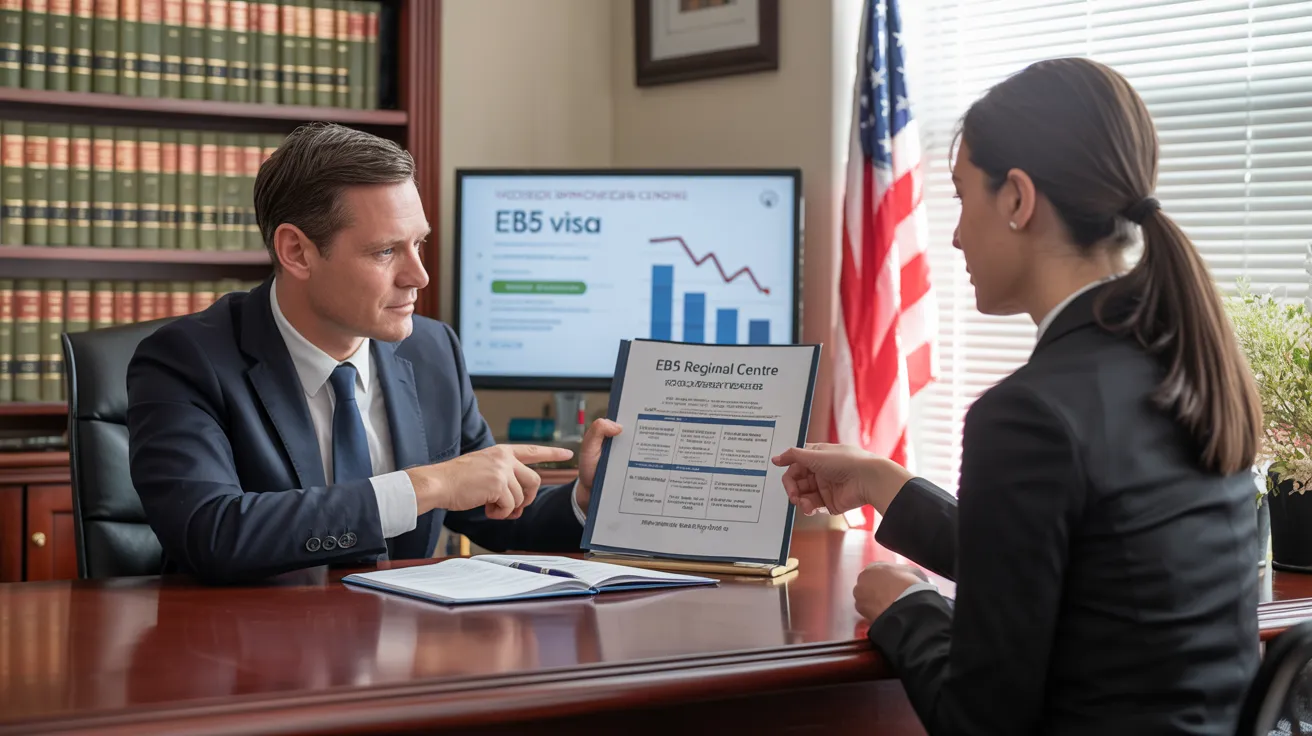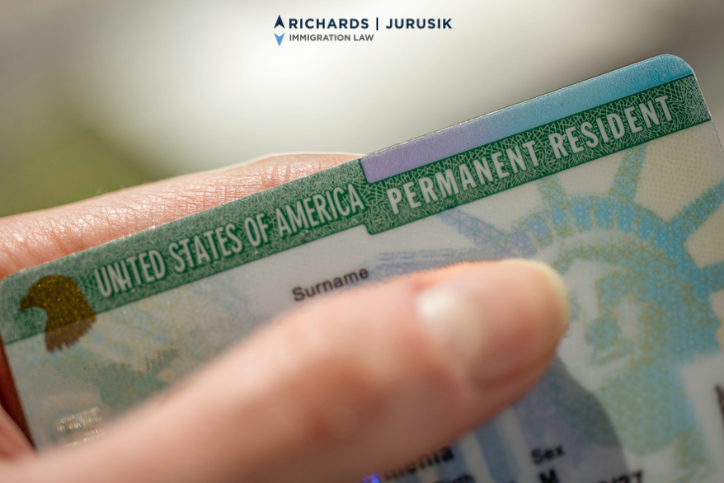Facts About L1 Visa Uncovered
Table of ContentsThe smart Trick of L1 Visa That Nobody is DiscussingEverything about L1 VisaThe L1 Visa IdeasThe Greatest Guide To L1 VisaThe Main Principles Of L1 Visa
L-1 visas are readily available to staff members of an international business with offices in both the USA and abroad. L1 Visa. The visa permits such international workers to transfer to the firm's US office after having actually functioned abroad for the business for a minimum of one continual year within the previous three prior to admission in the USOne L-1 visa can enable several employees access right into the United States. Spouses of L-1 visa holders are permitted to function without limitation in the United States (utilizing an L-2 visa) case to standing, and the L-1 visa may lawfully be used as a stepping stone to a copyright under the doctrine of dual intent.
Because 2000, Indian nationals are the biggest receivers of L-1 visas. The number of L-1 visas provided to Indian nationals leapt from 4.5 percent in 1997 to 43.8 percent in 2006. In 2019, Indian nationals obtained 18,354 L-1 visas, representing 23.8% of all L-1 visas provided in 2019. According to USCIS information, the largest employers to obtain L-1 visas in 2019 were Tata Working as a consultant with 1,542 approved L-1 visa applications, Infosys with 517, Amazon with 455, Observant with 382, and Deloitte with 305.
Congress created the L-1 visa in 1970. It was presented as a "noncontroversial amendment" for international American companies. The initial visa needed that the work tenure correspond straight prior to getting the company transfer. Congress initially did not define "specialized expertise". In 1980, the State Department issued 26,535 L-1 visas.
Facts About L1 Visa Revealed
Significant Indian outsourcing firms such as Tata, Infosys, and Wipro increasingly made use of the L-1 copyright staff American international corporations. Half of Tata's employees brought to the USA came on L-1 visas. The North American Free Profession Arrangement had arrangements pertaining to intracompany transfers in between the U.S., Canada, and Mexico.
In 2003, the Senate Judiciary Board held a hearing on the L-1 visa. In monetary year 2004, the number of L-1B visas surpassed the number of L-1A visas.

Candidates that remain in the United States at the time of the declaring of the I-129 can request a change of condition from their present nonimmigrant standing (i.e. site visitor, pupil, contact us and so on), as long as they are in standing at the time of the filing of the I-129. If they go out of status after the filing, but prior to authorization, there is no unfavorable effect, and the person does not accrue unlawful visibility.
Youngsters of the main L-1 can go to school. The partner of the key L-1 has an automatic right to function in the United States.
Not known Details About L1 Visa
An I-797 Notification of Action showing the authorization of the visa petition does not guarantee that a visa will certainly be released at the United state

Unknown Facts About L1 Visa
For an L-1 visa applicant, "dual Intent" is enabled: unlike some courses of non-immigrant visas (e.g., J-1 visas (L1 Visa)), L-1 applicants may not be rejected a visa on the basis that they are an intending immigrant to the USA, or that they do not have a residence abroad which they do not intend to abandon
Renewal in the United States applies to condition only, not the actual visa in the ticket. copyright revival, the applicant needs to go to an U.S
An alien can not leave the United States and after that reenter L1 Visa law firm without a legitimate L-1 visa, and have to show up personally prior to a consular policeman copyright issuance.
Some Known Questions About L1 Visa.
A person in L-1 status typically might function only for the seeking company. If the L-1 employee enters based upon an L-1 covering, nonetheless, it usually is feasible for the employee to be relocated the very same ability to any type of various other associated company detailed on the covering. The L-1 visa program has actually been criticized for many reasons.
In one example, The united state Department of Labor fined Electronic devices for Imaging $3,500 for paying its L-1 visa employees $1.21 an hour and working a few of them up to 122 hours a week. Some industry agents have actually charged companies of utilizing the L-1 program to replace U.S. workers. Detractors and government officials have mentioned exactly how the visa program does not define "specialized expertise" for international employees in the L-1B visa category.